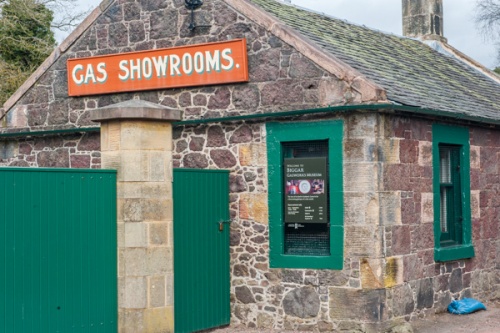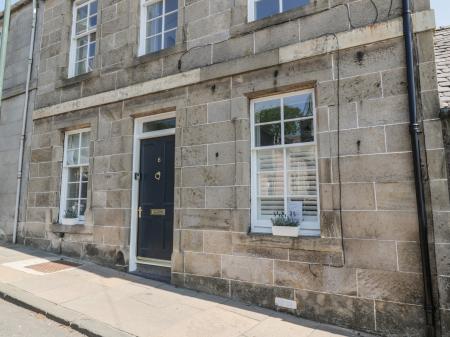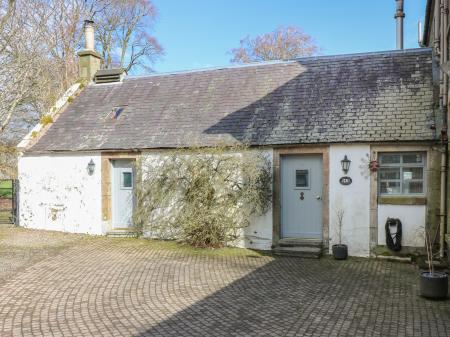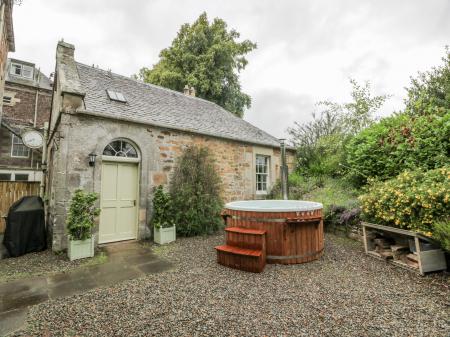
History
The history of the Biggar Gasworks offers a fascinating glimpse into the past. Coal-gas was discovered by a Scot named Archibald Cochrane in the 1780s. Cochrane was heating coal to extract tar to help preserve ship's timbers. By heating the coal he produced gas, which he then used to illuminate his house in Culross.
The coal-gas was considered a waste product of Cochrane's search for tar, but it was not long before the advantages of the 'waste product' were realised.
The first public gas works in the world opened in London in 1812 but by 1839 every town of any size in Britain had its own gas works to supply lighting for street lamps and for private householders. In an age before electric lights, the gas works were a technological marvel, and the concept spread quickly.
The Biggar Gasworks was among the first to open in Scotland, in 1839 and the last to close. What makes it so unique is that it looks today the way it did when it shut down in 1973. Nothing has changed; the gas retorts and purifiers are intact, the showroom and offices look as they did on the day the works shut down.
The office and showroom are the oldest part of the gasworks, built in 1858, and the purifiers and retorts date to 1914.
The museum has several 'Steam Days' each year when the boiler is fired and the steam-driven machines are in operation, so if you can plan your visit for one of the Steam Days it should be a fascinating (and noisy) experience!
How did it work?
To produce gas you needed coal, and lots of it. In 1914 the gasworks used 400 tons of coal annually to supply light to 320 households and over 100 street lights throughout Biggar. The coal was heated in large retorts to separate coal tar from the gas. Hydrogen sulphide and tar was removed from the gas, and left-over coke was used to heat the retorts. The gas was then stored in containers called gasometers to keep pressure constant.
When cheap natural gas from the North Sea became widely available in the 1970s the national gas grid was created and small gas works like the one at Biggar were torn down. The Biggar Works was saved by Historic Scotland and the National Museums Scotland, and is now in the care of the Biggar Museum Trust. The Trust also operates Gladstone Court, the Moat Park Heritage Centre, Brownsbank Cottage, the Greenhill Covenanters House, and Holy Trinity Chapel in Lamington.
The Biggar Gasworks is the only gasworks left in Scotland. It is usually open seasonally, and there is a small admission charge. The same local charity thar operates the museum also operates Gladstone's Court museum and the Greenhill Covenanter's House, a short distance away.












